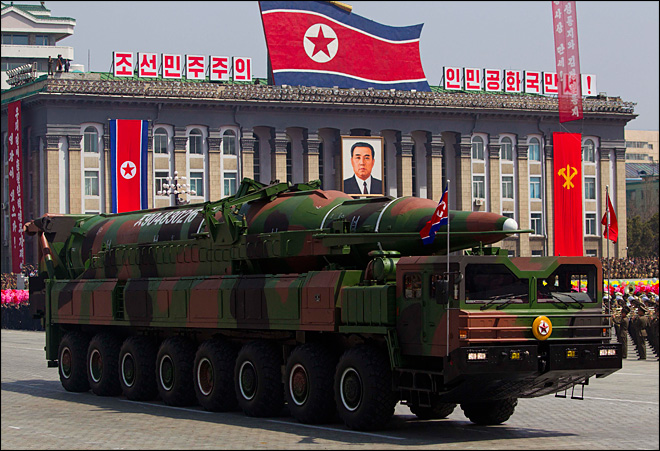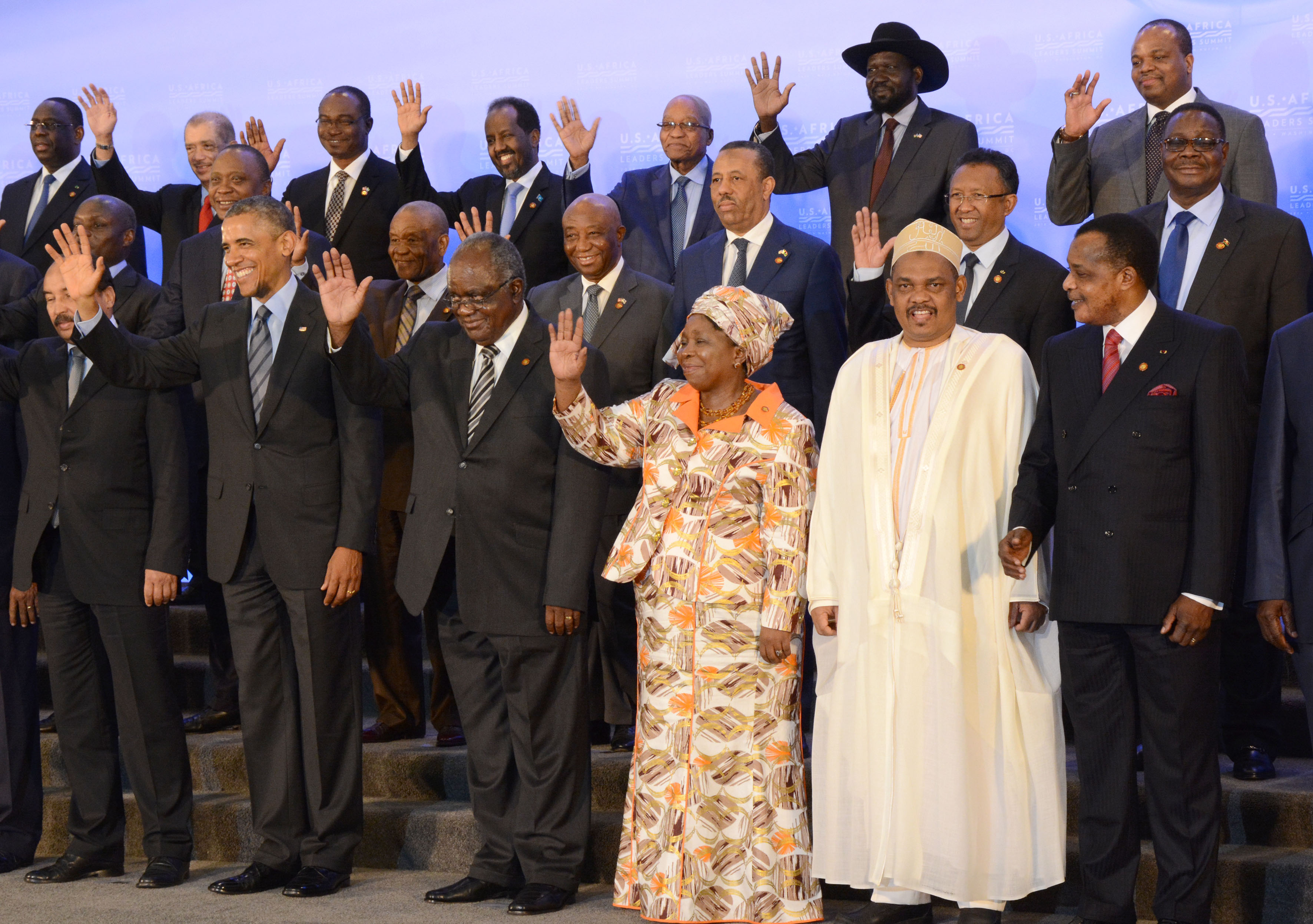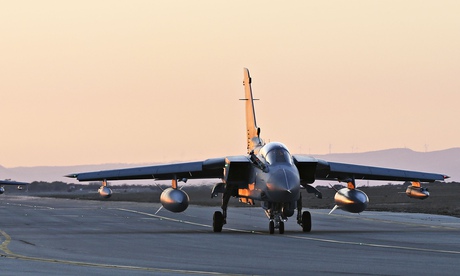
The Democratic People’s Republic of Korea (DPRK) is one of the most successful totalitarian regimes ever constructed, controlled by an oppressive dictatorship with an iron grip on the hearts and minds of its people. Kim Jong-Un, absolute ruler of North Korea, is potentially the most dangerous political figure in the world today. Propagating a protracted and inflammatory campaign of anti-US propaganda, he claims to possess nuclear weapons and asserts his willingness to use them should the regime come under direct threat. Ruling over the most isolated nation on earth, the Great Leader remains an enigma, and his true intentions are still up for debate. Similarly, discovering the full extent of the country’s nuclear capability is continuing to prove to be a particularly evasive task. What is clear, however, is that North Korea’s dictator has no qualms about escalating tensions in East Asia.
On May 1, 2014, CBC News reported that North Korea may soon be ready to test a fourth nuclear device following US President Barack Obama’s visit to Seoul. According to recent satellite imagery, it has become evident that activity continues near the tunnel entrances of Punggye-ri, the DPRK’s notorious nuclear testing site located in the northeast of the country. Punggye-ri was the site of three previous nuclear tests since 2006, the latest of which was conducted in February 2013. Furthermore, South Korea has detected the closure of a tunnel entrance at Punggye-ri that one South Korean government official has stated to be “the final step in preparing to test a nuclear device.”
For the duration of its existence, the prospect of a nuclear North Korea has been unacceptable to Western powers which desire the complete and verifiable denuclearization of the country. The rationale behind this desire is the ability to neutralize what is seen as a major threat not only to the region, but to the world in its entirety. Many policymakers, predominantly from the United States, have been adamant regarding this contention. Unfortunately for the West, the denuclearization of North Korea is unlikely to occur any time soon. The DPRK unveiled its uranium enrichment program in 2010 and restarted its Yongbyon plutonium reactor in 2013. Meanwhile, it has also been expanding the long-range capacity of its intercontinental ballistic missile program. According to the US think tank 38 North, the KN-08, one of the DPRK’s most recent missiles, has a range of more than 10,000km and could potentially deliver a nuclear warhead as far as the United States. The consequences of North Korea’s continued aggression are numerous.

South Korea’s Foreign Minister Yun Byung-se referred to the possibility of a fourth nuclear test as a potential “game changer” in the region. An event such as this could ignite an arms race on China’s doorstep, compelling the United States to bolster its missile defences in East Asia, in addition to creating an incentive for South Korea and Japan to consider their own nuclear deterrents. This is particularly troubling when considering the recent exchange of nuclear rhetoric between China and Japan. A spokesperson from the Chinese Foreign Ministry expressed China’s concern that Japan has been stockpiling excessive quantities of nuclear material, including enriched uranium and weapons-grade plutonium. Furthermore, many experts believe that Japan has the capacity to manufacture a nuclear weapon in a mere six months should it choose to do so.
China’s fear of a nuclear Japan is not surprising. Japan’s acquisition of nuclear weapons in response to a North Korean nuclear test would significantly alter East Asia’s regional power balance. It would also permit Japan to assume a more aggressive stance towards China when negotiating territorial disputes between the two countries, such as those over the Senkaku/Diaoyu Islands. What is surprising, however, is that despite these concerns, China is more than willing to allow North Korea to continue its nuclear program unchallenged. In fact, China is actively supporting Kim Jong-Un’s regime as North Korea’s largest trading partner and its primary source for food, arms and fuel. China’s support of the DPRK is likely a strategic decision to avoid the regime’s collapse, an eventuality that could result in a refugee crisis involving millions of North Koreans crossing the border into China. Furthermore, the downfall of its foremost socialist ally could create an unsettling situation for the Chinese Communist Party, and might reduce the legitimacy of China’s one-party system.
Regardless, if nothing is done to resolve this issue, the consequences could be catastrophic. Possessing a sufficient quantity of plutonium to construct between five and twenty nuclear weapons, North Korea may have the capacity to conduct a nuclear strike on several neighbouring countries, including South Korea, China and Japan. If the South Korean capital of Seoul were to be hit by a nuclear missile, human losses could range from approximately 120,000 to over 400,000 fatalities.
On the whole, the existence of North Korea’s nuclear weapons program poses a significant threat to international peace and security. The country has become increasingly provocative, and North Korea’s nuclear weapons program is steadily increasing in technological proficiency. The international community’s failure to stop a nuclear North Korea signifies a significant blow to the legitimacy of the Nuclear Non-Proliferation Treaty and could encourage other ‘rogue’ states to follow in its example. In any case, the risks for engaging North Korea on this issue are enormous and must be approached with the utmost caution. Failure to do so could result in tragic consequences for not only North Korea’s regional neighbours, but for the international community in its entirety.




